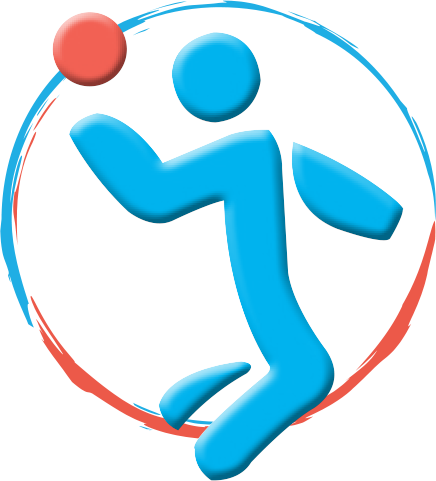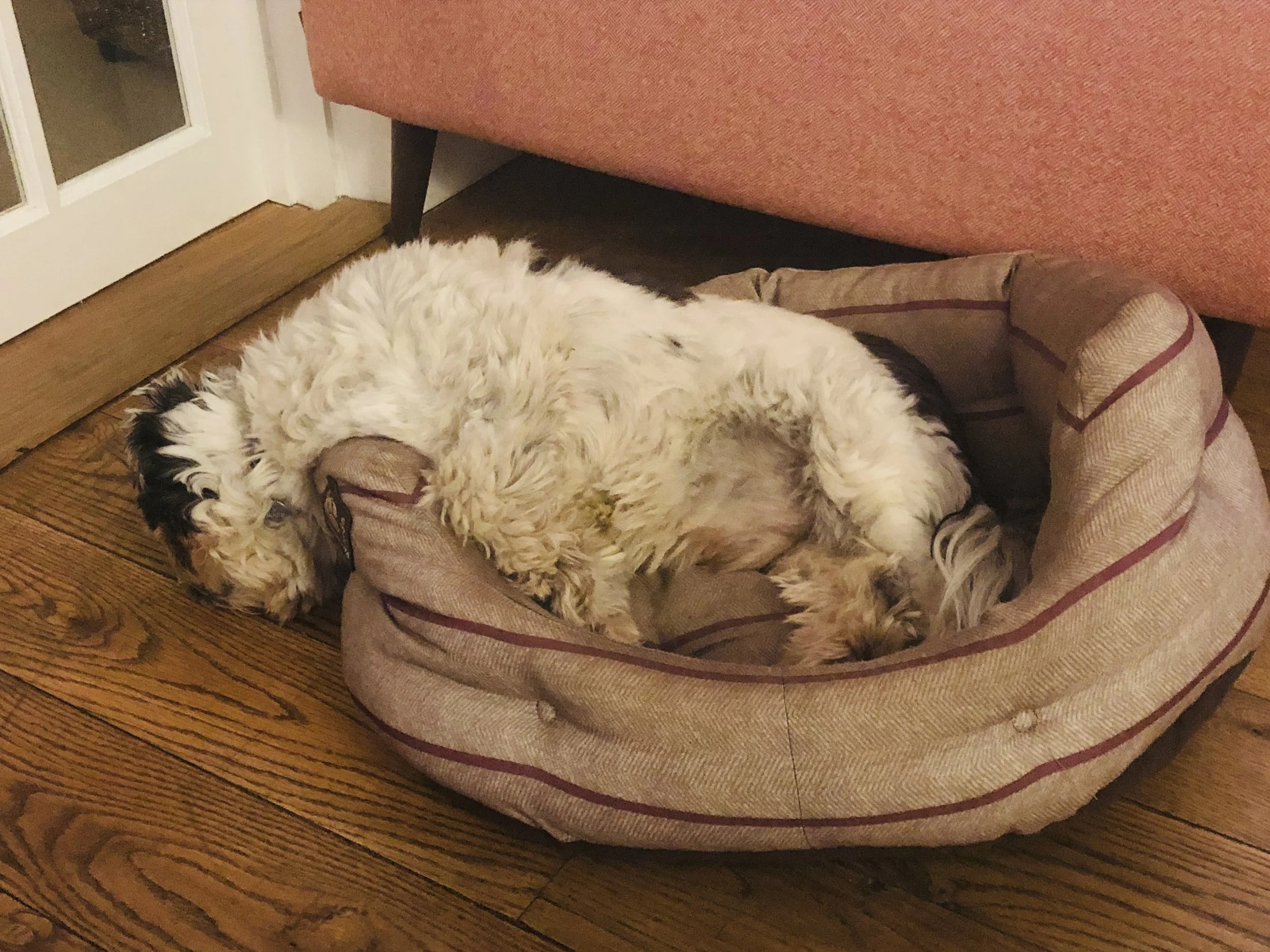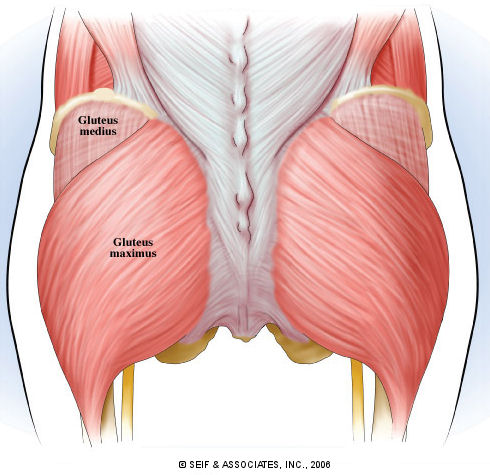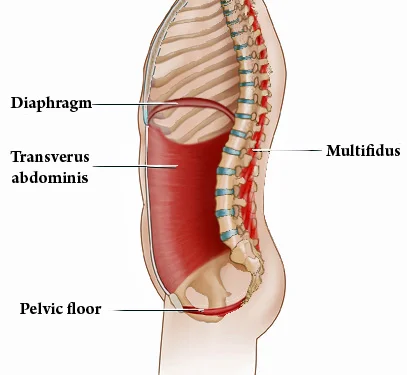Are you suffering from Pelvic Girdle Pain?……10 tips that will really help .
PGP can really take the fun out of pregnancy. However if you follow a few simple rules you can really take control again.
1. Do not stand on one leg. Now you’re probably thinking, well I don’t stand on one leg, but trust me you do, and much more than you think! For example, every time you put your knickers/socks/trousers/boots on etc you need to be sitting down. Moving something left on the floor by sliding it with one foot also constitutes standing on one leg……… Resist ladies!
2. Both legs need to go in the same direction at the same time (obviously walking is the exception to this!). So when you get out of the car, first slide the seat back as far as it will go and swing both legs out at the same time (sit on a plastic bag so you swivel easily). Turning over in bed is the same, keep both knees together so both legs roll over at the same time.
3. Avoid wearing heels. They tip all your extra weight forwards onto the front of your pelvis and that leads to a grumpy pelvis every time. Sorry, it’s just the way it is.
4. Take shorter steps and walk slower. Most of us love to walk at a fair ole pace but it’s unkind to a pelvis that is adapting to having an increased load. Learn the skill of walking slower to keep a painfree pelvis.
5. Limit stairs. As you can’t go upstairs without standing on one leg, stairs are the enemy to a woman with PGP. Plan, delegate, and limit as much as possible. Your pelvis will thank you at the end of the day.
6. Decrease the load you carry. The more weight your pelvis has to carry the more likely you are to get pain. As no one can help you carry the baby around, delegate some of the other stuff you lug from A to B.
7. Give up work earlier than you think. I know this is a controversial one but often that last month is more tiring than you can imagine and a long commute can often aggravate PGP. Maybe you can negotiate working from home one a day a week?
8. Bump lifts. This is when you lift the weight of the baby out of your pelvis by using your abdominals. It’s such a useful skill to employ when getting out of a chair, rolling over in bed or when you are just standing to relieve pain in your pelvis.
9. Pace yourself, regular rests to take the weight off your feet/pelvis are better than having a whole morning on your feet and then crashing in the afternoon.
10. Exercise. Keeping strong is always a good idea. The pelvis tends to love symmetrical exercises, including things like squats, making the sure the legs don’t go too wide. Breaststroke tends to aggravate PGP, so use a float between your legs and just do the arms so you can keep exercising.
Sally Murray, Resident Women's Health Physio @ The Derbyshire Sporting Joint














